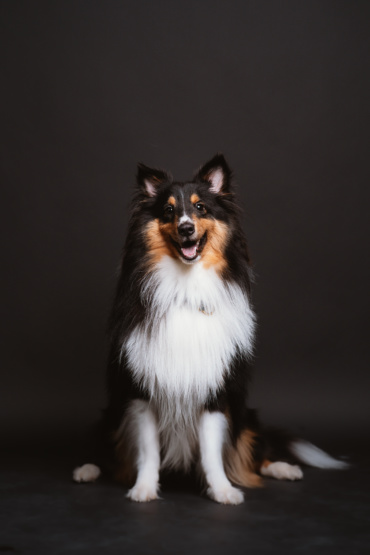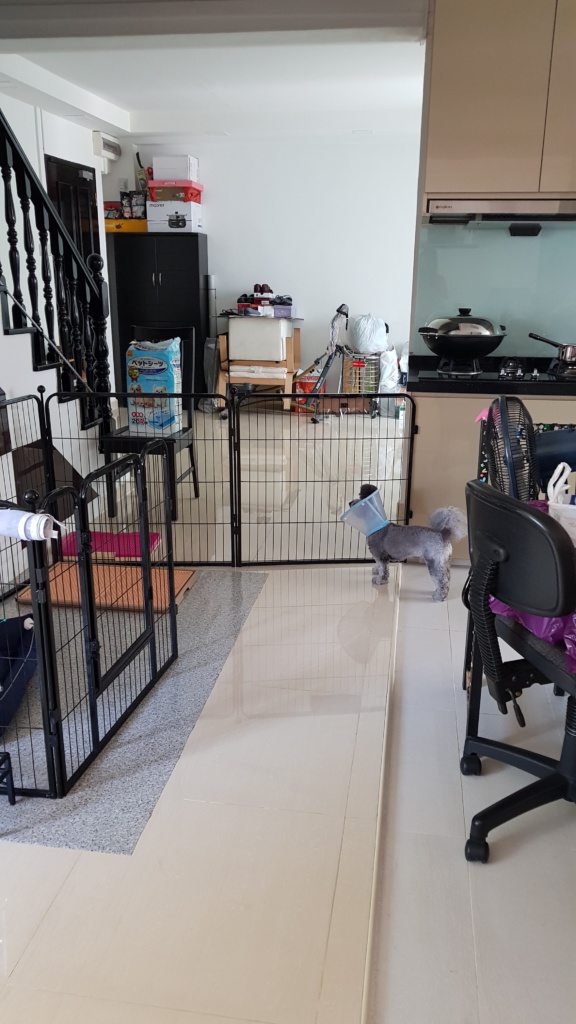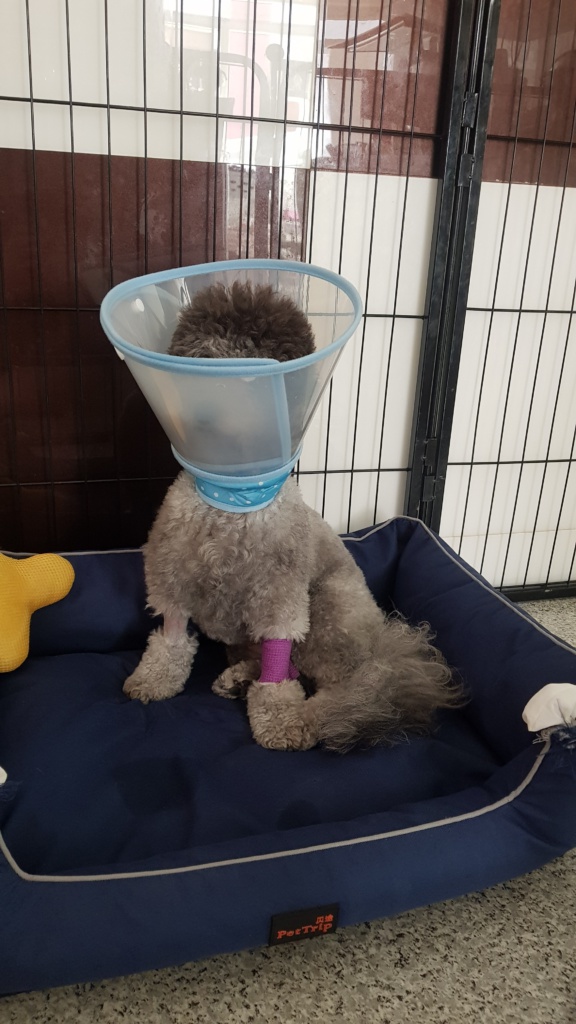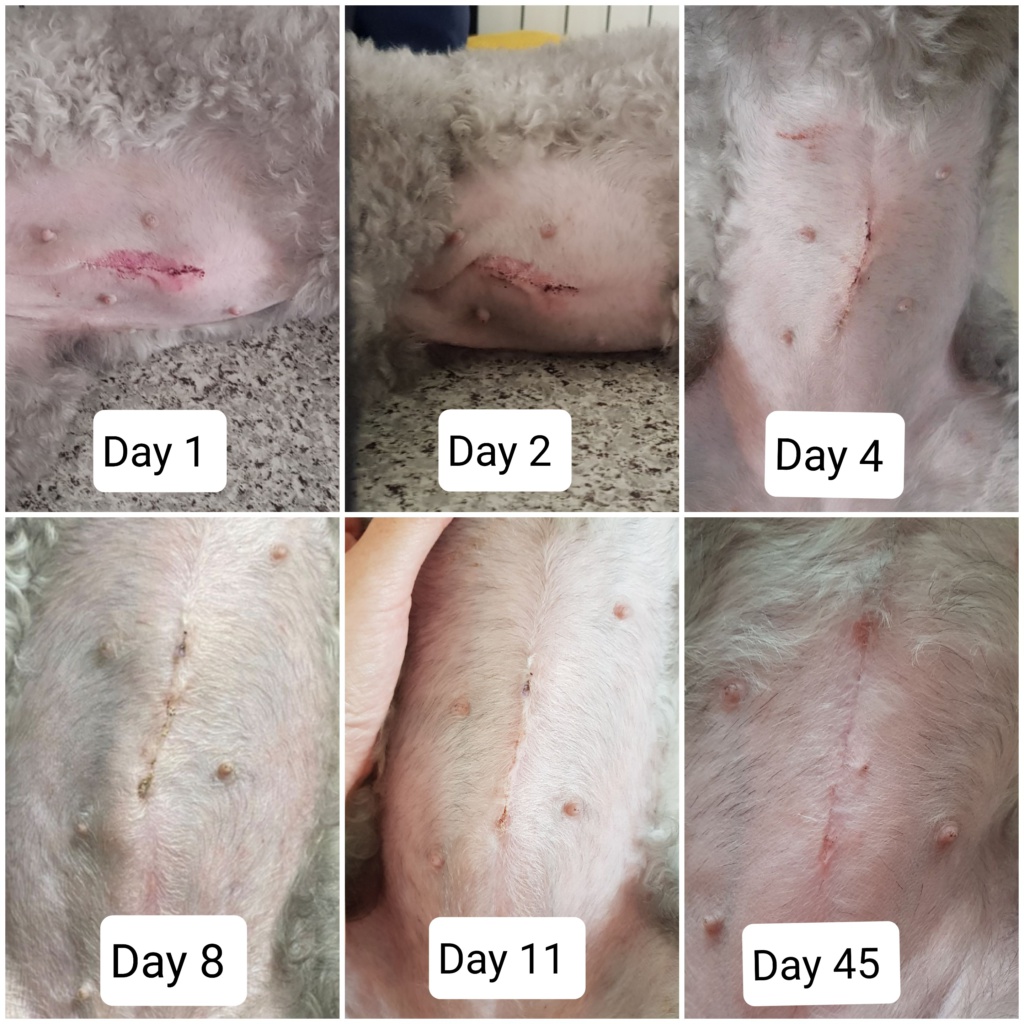What is Cryptorchidism?

- Neutering will require your dog to be under general anaesthesia, and even though this is generally safe, there are still risks and complications to every surgery.
- Neutering EARLY / at the wrong age / when your puppies’ hormones still have a role to play in his developing body can increase the risk of hip & joint issues. Your puppies’ hormones help them to develop their bones and joints properly. Therefore, puppies may be more vulnerable to hip dysplasia, torn ligaments and bone cancer if neutered at the wrong age.
- Neutering increases the risk of obesity as the reduction in hormones will change the dog’s metabolism and hormonal make-up. Daily walks, exercise and monitoring their diet is extremely important to maintain a dog’s healthy weight after neutering.
- Cryptorchid dogs are much more likely to develop testicular cancer in the undescended testicle. It is estimated to be at least 8-10 times more likely to develop cancer – according to our Vet.
- Cryptorchid dogs have a risk of testicular torsion. Since the testicle is “freely moving” in his body instead of being secured at the right position (his scrotum), there is a chance where his undescended testicle can twist on itself or other surrounding organs – a super painful experience if it really happens.
- Most dogs reach sexual maturity at 6-9 months. Generally, dogs reach full growth potential at 12-18 months. Hoshi is now at 16 months and I have noticed he stopped growing in size at around 10 months old. I decided to do it now and not at 18 months because this is my term break from school and I am able to take the time to hawkeye him after the surgery and really monitor him. Hence, we decided to do the procedure at this time when I have the time and I am rather confident that the removal of his hormones will not affect his growth that much. (We have also consulted the vet regarding this as well)
- Cone Training
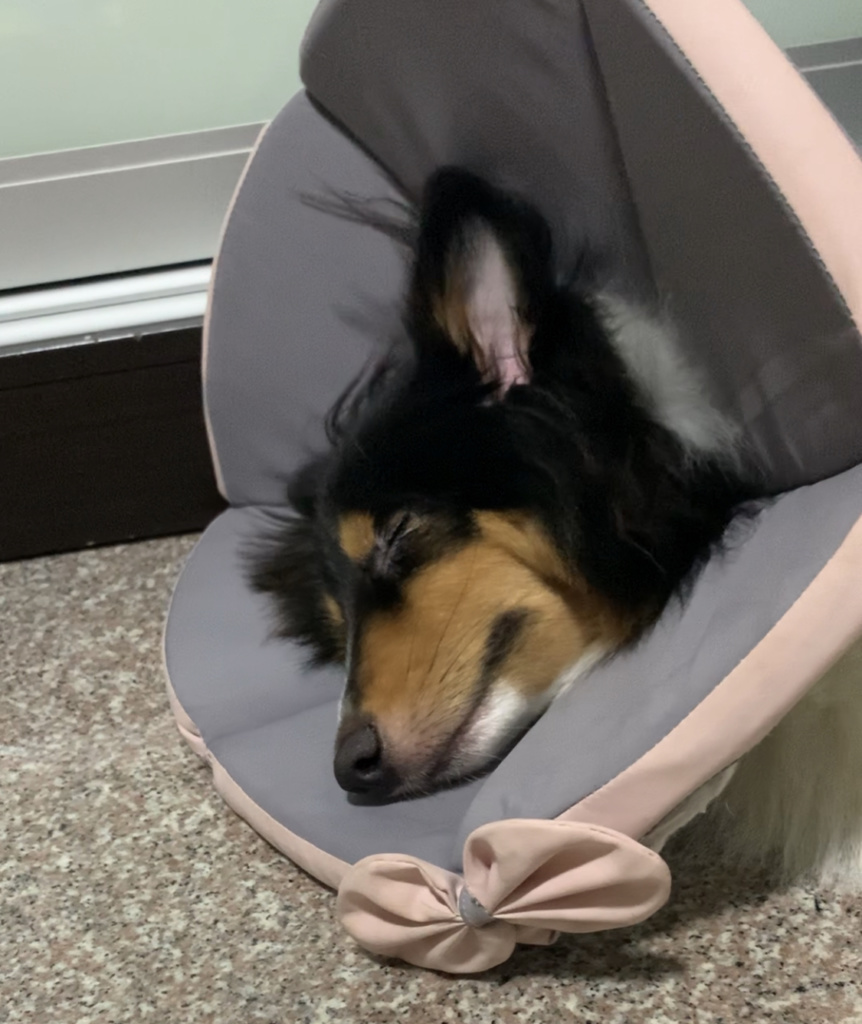
- Purchase products beforehand
- ForFurryFriends Pet’s Activated Water Sanitizer
- Consulting your Vet
- Set an appointment for the surgery
- Bring your dog out for a good run the day before
- Set a grooming appointment the day before
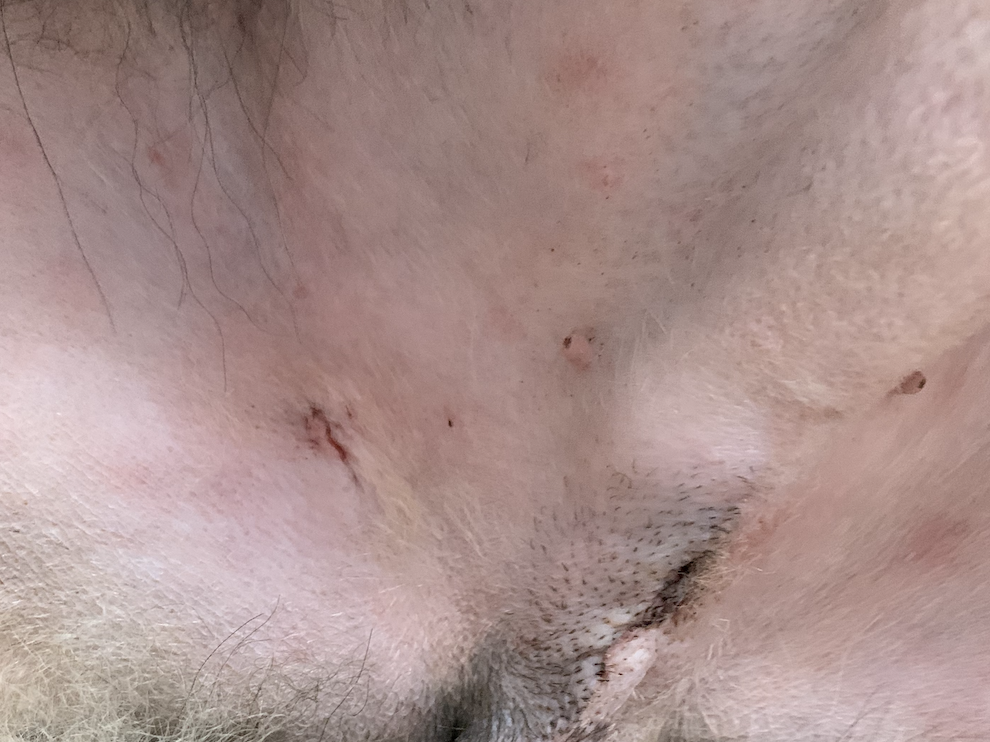
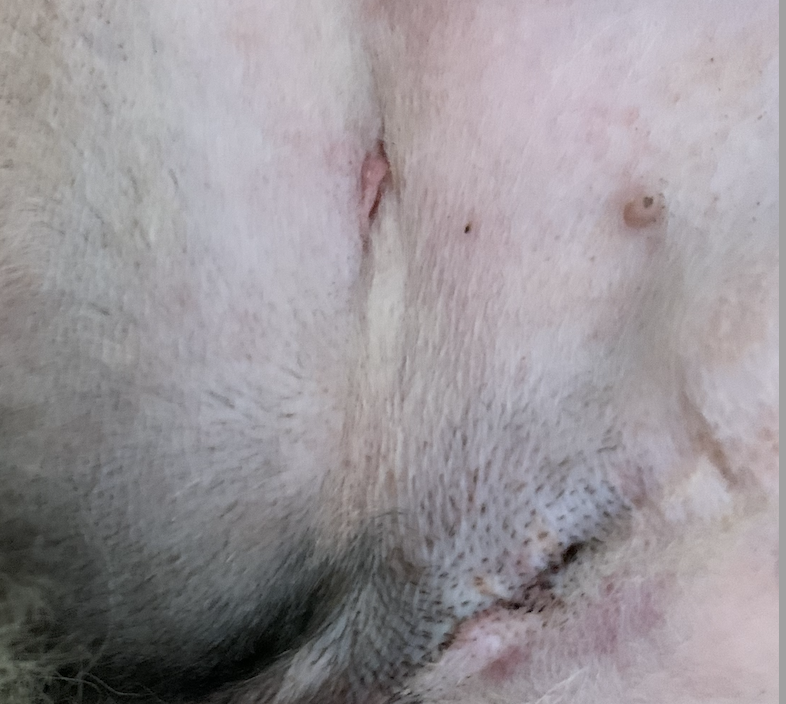
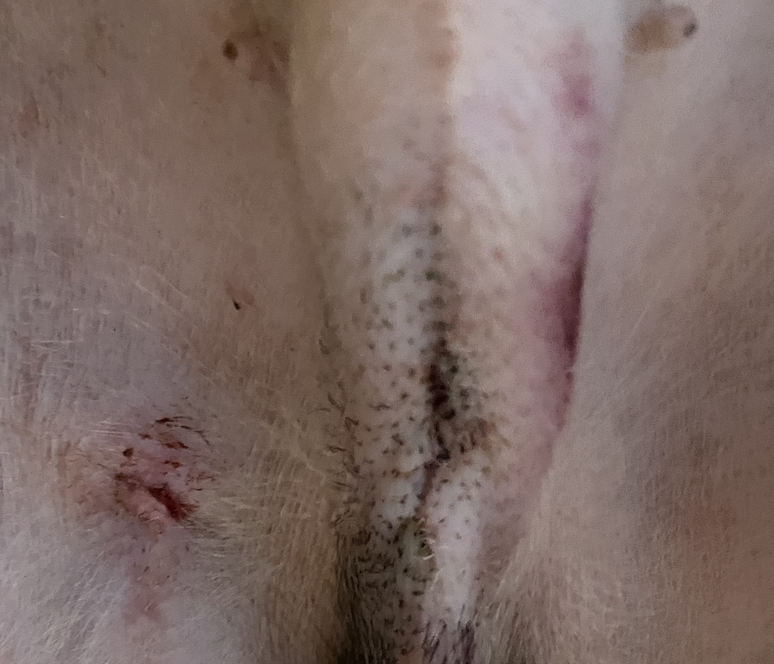
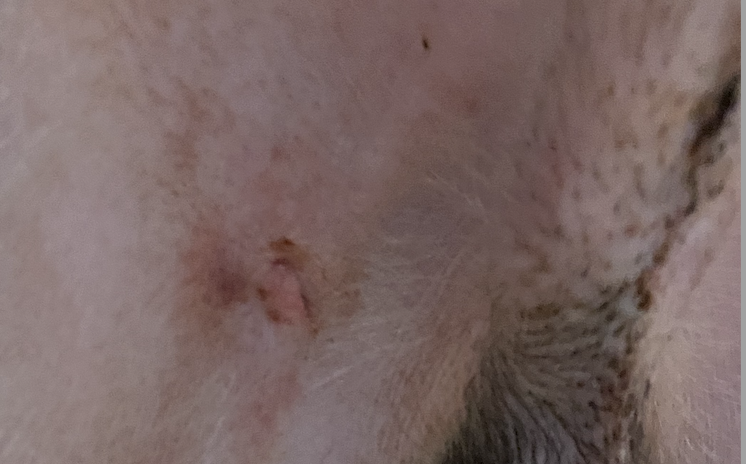
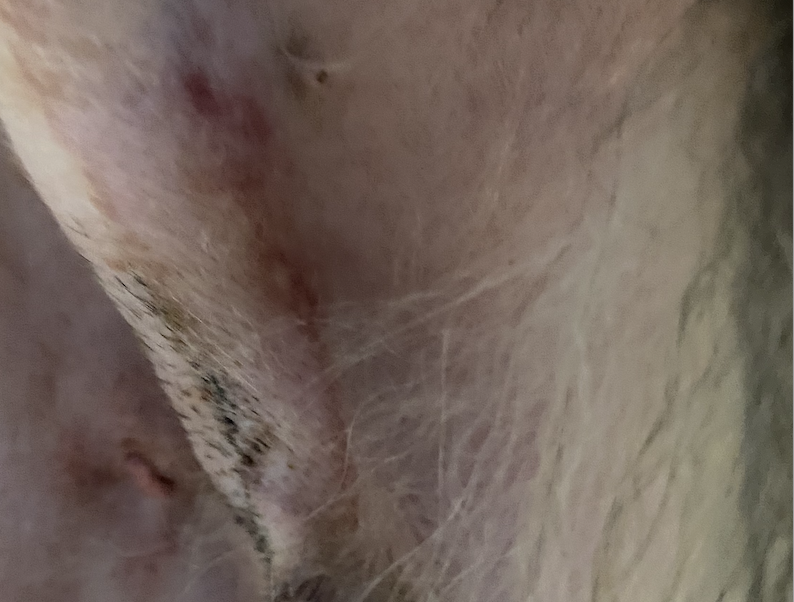
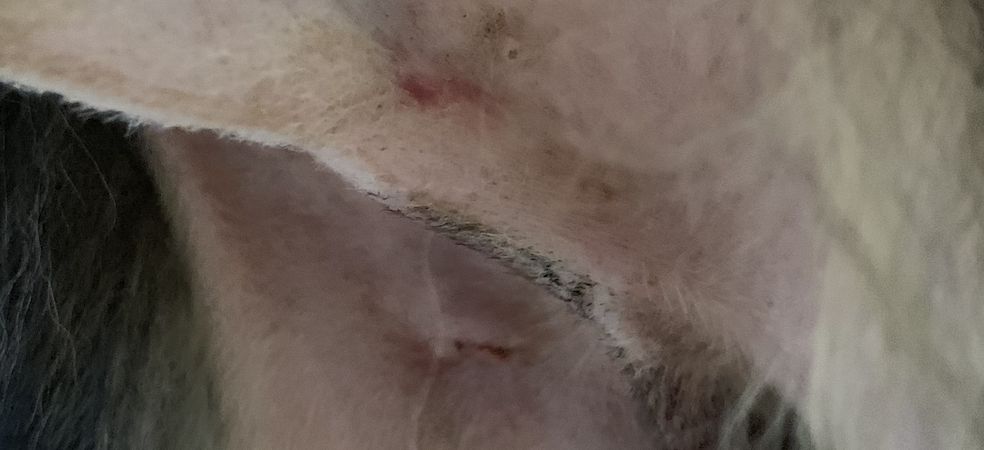
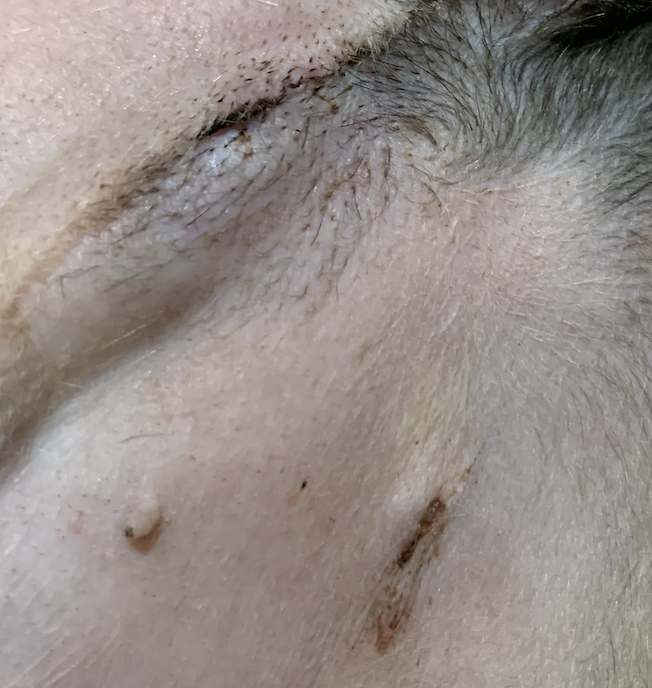
I hope that these pictures can give you a clearer image of what recovery is like and if your furkid is going through any bruising, please know that it is normal and it will heal!
What would I have done differently?
- Brushing him daily
I definitely would have started brushing Hoshi every single day. This is because the cone wearing 24/7 has definitely caused some fur around the ears area to be matted. Previously, the longest time Hoshi was wearing the cone was for only 8-10 hours throughout the night and morning, so I did not notice any matted fur. I definitely would recommend brushing them if your dogs are long-coated or double-coated.
Self Cleaning Slicker Brush: https://shp.ee/ra2dg5h
- If I could and have the time, I would have waited for him to reach 18 months.
I am still a strong believer that dogs would need their hormones in their growth. If I had the time and option, I would love to be able to wait till he is 18 months or even 24 months. However, to avoid any complications from potential testicular torsion (as Hoshi is an extremely active dog), and to do this procedure during our break this is the best time for us.
- Teaching him to lie on his back
This would definitely come in handy when I need to check his wounds, clean them and apply the healing balm. Hoshi doesn’t like to be on his back, hence we pick him up to do these instead. If I had the time, I would probably train him to be comfortable being on his back, or even better to do it on command.
If you have read till here, thank you so much and I hope you have learnt a thing or two! For pawrents who have neutered or spay their dogs before, what other tips do you have for those who have yet to neuter their dog? For pawrents who have not neutered their dog, do you have any questions for me? Leave them down in the comments below and I would love to answer!
You can also DM me at @hoshisheltie (:
